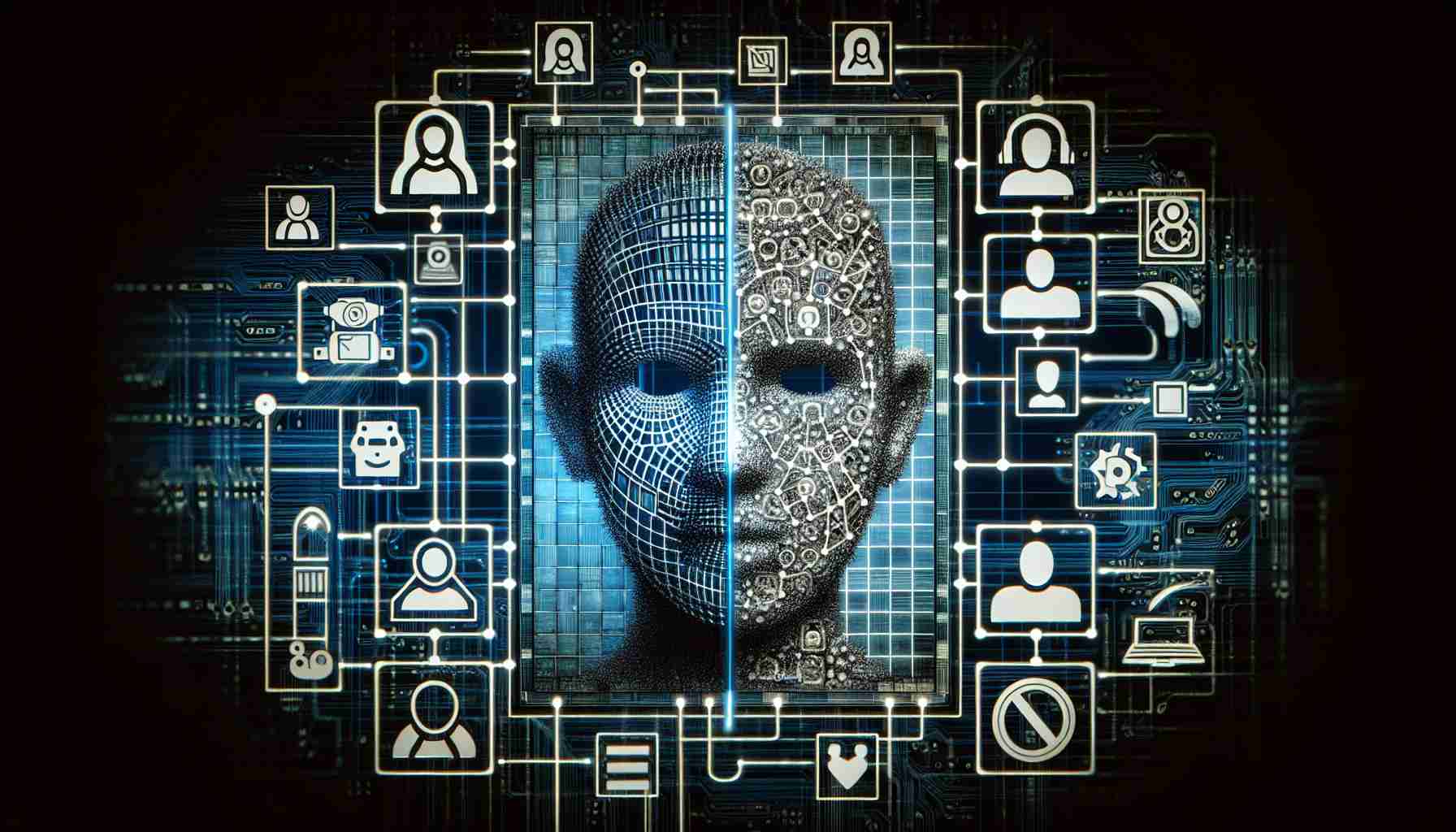In a surprising twist, Meta has decided to reintroduce facial recognition technology aimed at tackling the rampant issue of celebrity impersonation scams across its platforms, Facebook and Instagram. This decision comes three years after the company’s previous attempt at using similar technology faced significant public backlash.
Scammers frequently exploit the identities of well-known figures, using their images to lure unsuspecting users into fraudulent ads that demand personal information or payment. To combat this, Meta is enhancing its existing system that flags suspicious ads with celebrity imagery. The revamped facial recognition technology will allow Meta to compare faces in the ads to official profiles of public figures, thereby identifying and blocking scam ads effectively.
Additionally, in a departure from its past practices, Meta assures users that any facial data collected during this process will be discarded after a one-time comparison, addressing privacy concerns that previously surrounded facial recognition.
Moreover, the tech giant is exploring the implementation of “video selfies” as a method for users to recover access to their accounts. This new verification method enables users to upload a video of themselves, which Meta will match against their profile pictures, providing a more secure way to regain control over compromised accounts.
With testing underway, Meta aims to ensure these solutions not only enhance user security but also earn the trust of its community in the wake of past controversies.
Meta’s Bold Move: A Facial Recognition Comeback to Combat Scams!
In an era where online impersonation scams have reached unprecedented levels, Meta, the parent company of Facebook and Instagram, is making headlines with its renewed focus on facial recognition technology. After a three-year hiatus due to backlash over privacy and ethical concerns, Meta is now poised to leverage this technology to combat the growing issue of celebrity impersonation scams.
Understanding the Context of Meta’s Decision
Scammers have increasingly targeted social media users by creating fraudulent advertisements featuring the images of celebrities and public figures. Such scams often trick users into providing sensitive information or financial payment under the guise of legitimate promotions. Meta’s strategy involves advanced facial recognition that will allow it to cross-reference images in ads against official profiles of celebrities. This reintroduction of facial recognition technology aims to create a more secure online community and restore confidence among users puzzled by the flood of scams.
Key Questions and Answers
1. What prompted Meta to reintroduce facial recognition technology?
Meta’s move is primarily driven by the need to combat an alarming rise in impersonation scams that exploit the popularity of celebrities, which has become a lucrative avenue for cybercriminals.
2. How does the new facial recognition system work?
The system will compare the faces present in advertisements with verified images of public figures. If a match is found that indicates fraud, the advertisement can be swiftly removed from the platform.
3. What steps is Meta taking to address privacy concerns?
Meta has stated that any facial data collected during the verification process will be discarded after a single comparison. This aims to alleviate fears surrounding the retention of sensitive biometric data.
Challenges and Controversies
Despite the promising aspects of this technology, several challenges arise:
– Privacy Concerns: While Meta addresses concerns about data retention, the reintroduction of facial recognition can still raise alarms among privacy advocates and users wary of surveillance.
– Potential for Abuse: The technology raises questions about potential misuse beyond combating scams. Critics argue that there may be risks of profiling or discriminatory practices if not managed correctly.
– Public Trust: Given Meta’s troubled history with privacy issues, regaining user trust will be a monumental task. Skepticism about intentions and efficacy can hinder the success of this initiative.
Advantages and Disadvantages
Advantages:
– Enhanced Security: By utilizing facial recognition to target and eliminate scams, Meta can improve the overall safety of its platforms.
– User Verification: The introduction of “video selfies” authenticates users more securely during account recovery, minimizing unauthorized access.
Disadvantages:
– Privacy Intrusions: Even with reassurances, the existence of facial recognition technology evokes concerns about privacy, data security, and the fundamental right to anonymity online.
– Potential Impact on Accessibility: Users with disabilities or those uncomfortable with the technology may find themselves at a disadvantage, potentially isolating segments of the user population.
Conclusion
Meta’s decision to reintegrate facial recognition technology represents a bold response to a pressing issue facing social media platforms today. However, for this initiative to succeed in creating a safer environment, it must navigate the complex landscape of privacy concerns, user trust, and ethical implications. As testing progresses, the world will be watching closely how Meta balances innovation with accountability.
For more information about Meta’s policies and advancements, visit Meta.







